Filter by
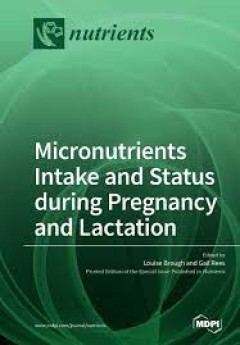
Micronutrients Intake and Status during Pregnancy and Lactation
Optimal nutrition is important during pregnancy and lactation for the health of both the mother and infant. Chronic deficiencies of both macronutrients and micronutrients are well established in developing countries. Although in developed countries overconsumption of macronutrients is a major issue, micronutrient deficiencies which occur concomitantly are no less of a concern. Furthermore in de…
- Edition
- -
- ISBN/ISSN
- 978-3-03897-841-1
- Collation
- -
- Series Title
- -
- Call Number
- 572 MIC

Alternative Routes to Oil Structuring
This Springer Brief gives an overview of recent research conducted in the area of oil structuring starting with a detailed introduction on oleogelation and properties of food-approved building blocks followed by the discussion of some illustrative examples to explain the processing steps required for creating oleogels, advanced characterization (rheological, thermal and microstructural) and som…
- Edition
- Ed. 1
- ISBN/ISSN
- 978-3-319-19138-6
- Collation
- X, 70
- Series Title
- SpringerBriefs in Food, Health, and Nutrition
- Call Number
- 641.3 PAT a
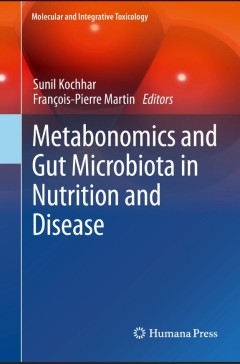
Metabonomics and Gut Microbiota in Nutrition and Disease
This book provides a comprehensive overview of metabonomics and gut microbiota research from molecular analysis to population-based global health considerations. The topics include the discussion of the applications in relation to metabonomics and gut microbiota in nutritional research, in health and disease and a review of future therapeutical, nutraceutical and clinical applications. It also …
- Edition
- -
- ISBN/ISSN
- 978-1-4471-6538-5
- Collation
- XVI, 375
- Series Title
- Molecular and Integrative Toxicology
- Call Number
- -
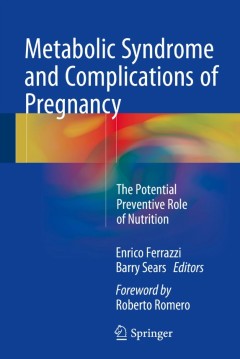
Metabolic Syndrome and Complications of Pregnancy
This book explores the nature of pregnancy and metabolic syndrome as proinflammatory conditions and explains how pregnancy provides a window of opportunity for preventing the lifelong complications of metabolic syndrome, during which key risk factors can be identified and beneficial dietary changes can be implemented. The book’s opening sections discuss inflammation in the context of pregn…
- Edition
- 1
- ISBN/ISSN
- 978-3-319-16852-4
- Collation
- X, 238
- Series Title
- -
- Call Number
- -
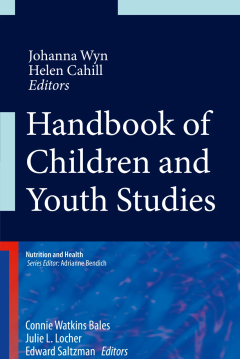
Handbook of Clinical Nutrition and Aging
This is the new and fully revised third edition of the well-received text that is the benchmark book in the field of nutrition and aging. The editors (specialists in geriatric nutrition, medical sociology, and clinical nutrition, respectively) and contributors (a panel of recognized academic nutritionists, geriatricians, clinicians, and other scientists) have added a number of new chapters and …
- Edition
- -
- ISBN/ISSN
- 978-1-4939-1928-4
- Collation
- XXVII, 442
- Series Title
- -
- Call Number
- 574.13 HAN
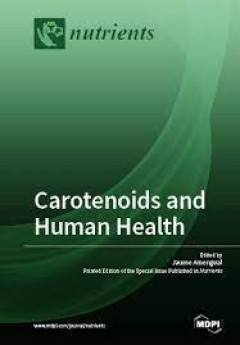
Carotenoids and Human Health
Carotenoids are a group of approximately 600 compounds synthesized by photosynthetic organisms. These pigments are abundant in fruits and vegetables, as well as in certain animal products such as eggs and salmon, being responsible for their colorful appearance. The bioactive properties of certain carotenoids in human health are clear, as some of these compounds have antioxidant properties and s…
- Edition
- -
- ISBN/ISSN
- 978-3-03921-833-2
- Collation
- -
- Series Title
- -
- Call Number
- 572 CAR
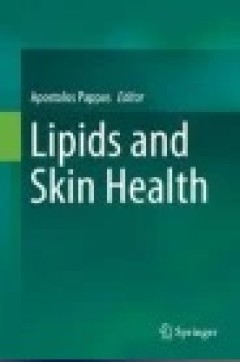
Lipids and Skin Health
Lipids and Skin Health is the first effort to summarize and review the studies, ideas, and research that link lipid metabolism to the largest organ of our body, the skin. The book covers the fundamental biology of the skin, and the major involvement of the transcriptional factors that govern lipid synthesis and the bioactive lipids in this intriguing organ. All layers of skin are presented, as…
- Edition
- -
- ISBN/ISSN
- 978-3-319-09943-9
- Collation
- -
- Series Title
- -
- Call Number
- -
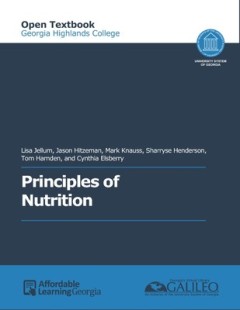
Principles of Nutrition Textbook
In the 1980s, Australian physicians Barry Marshall and Robin Warren proposed a radical hypothesis — that the cause of ulcers was bacteria that could survive in the acidic environment of the stomach and small intestine1 . They met with significant opposition to their hypothesis but they persisted with their research. Their research led to an understanding that the spiral shape of the bac…
- Edition
- -
- ISBN/ISSN
- -
- Collation
- -
- Series Title
- -
- Call Number
- 614 JEL p
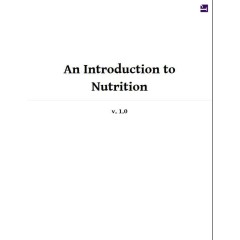
An Introduction to Nutrition
Welcome to Essentials of Nutrition: A Functional Approach! This book is written for students who are not majoring in nutrition, but want to learn about the fundamental aspects of nutrition and how it applies to their own lives. We have written this book with the assumption that you have little or no prior knowledge of college level chemistry, biology, or physiology. But that does not mean it’…
- Edition
- -
- ISBN/ISSN
- -
- Collation
- -
- Series Title
- -
- Call Number
- 614 INT
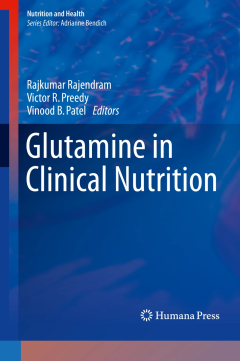
Glutamine in Clinical Nutrition
Glutamine is the most abundant amino acid and is a major contributor to whole body nitrogen metabolism and is considered to be “conditionally essential.” Glutamine in Health and Disease presents the application of current nutritional knowledge by physicians and dietitians and incorporates emerging fields of science and important discoveries. Section 1 covers glutamine structure and function…
- Edition
- -
- ISBN/ISSN
- 978-1-4939-1931-4
- Collation
- XXXIV, 551
- Series Title
- -
- Call Number
- 574.13 GLU
 Computer Science, Information & General Works
Computer Science, Information & General Works  Philosophy & Psychology
Philosophy & Psychology  Religion
Religion  Social Sciences
Social Sciences  Language
Language  Pure Science
Pure Science  Applied Sciences
Applied Sciences  Art & Recreation
Art & Recreation  Literature
Literature  History & Geography
History & Geography